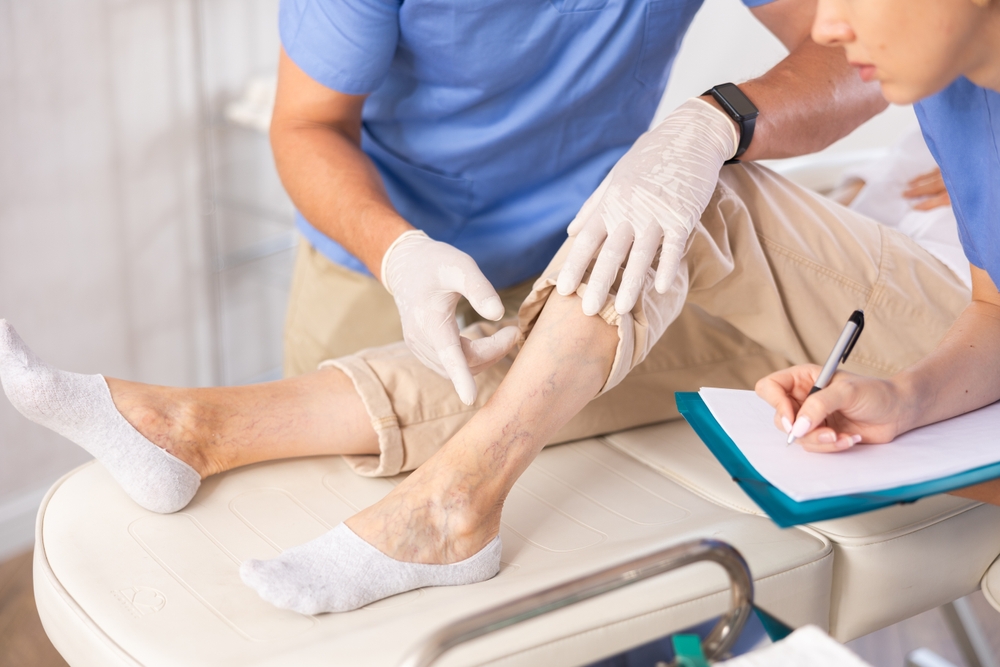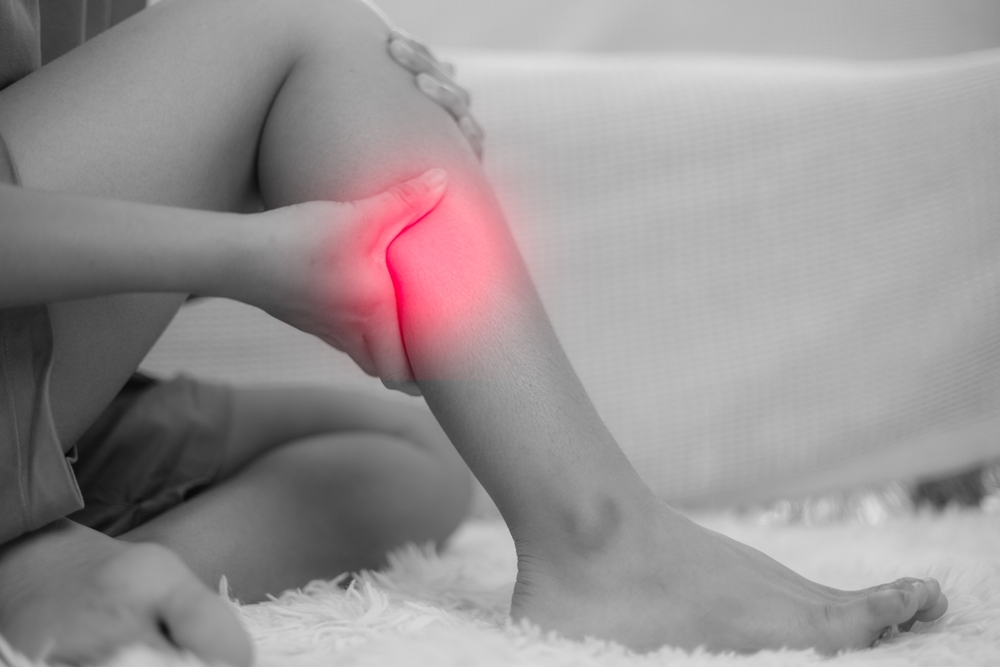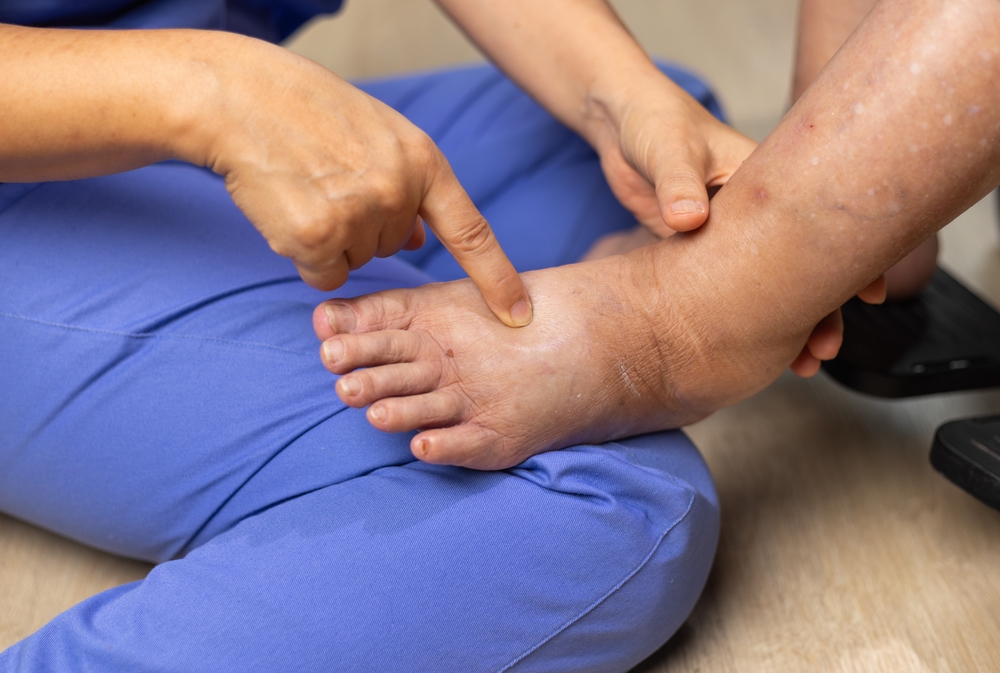What is Aortic Aneurysm Repair?
An aortic aneurysm occurs when a section of the body’s main artery weakens and expands, posing a risk of rupture. Aortic aneurysm repair involves reinforcing or replacing the weakened vessel wall. Depending on the case, surgeons may perform open surgical repair using a synthetic graft or a less invasive endovascular approach (EVAR) using stent grafts placed through catheters. This procedure prevents life-threatening rupture and restores the aorta’s structural integrity while maintaining blood flow.
This procedure helps to:
- Prevent aneurysm rupture and internal bleeding.
- Restore normal aortic function and stability.
- Reduce pressure on surrounding tissues and organs.
- Improve long-term survival and vascular health.
- Enable faster recovery through minimally invasive approaches.
What to expect after Aortic Aneurysm Repair?
Hospital recovery time depends on the technique used. Endovascular repairs generally allow discharge within days, while open surgeries require a longer stay. Gradual return to activity occurs over several weeks as the body heals.
- Postoperative soreness managed with medication.
- Temporary fatigue and reduced stamina.
- Regular imaging follow-ups to check graft integrity.
- Gradual return to walking and normal activities.
- Emphasis on long-term blood pressure control.









